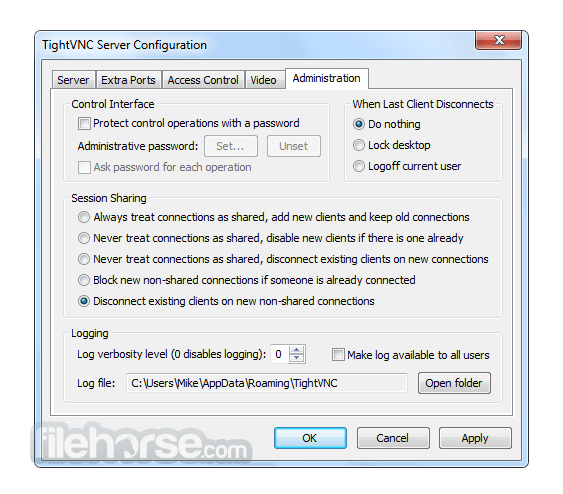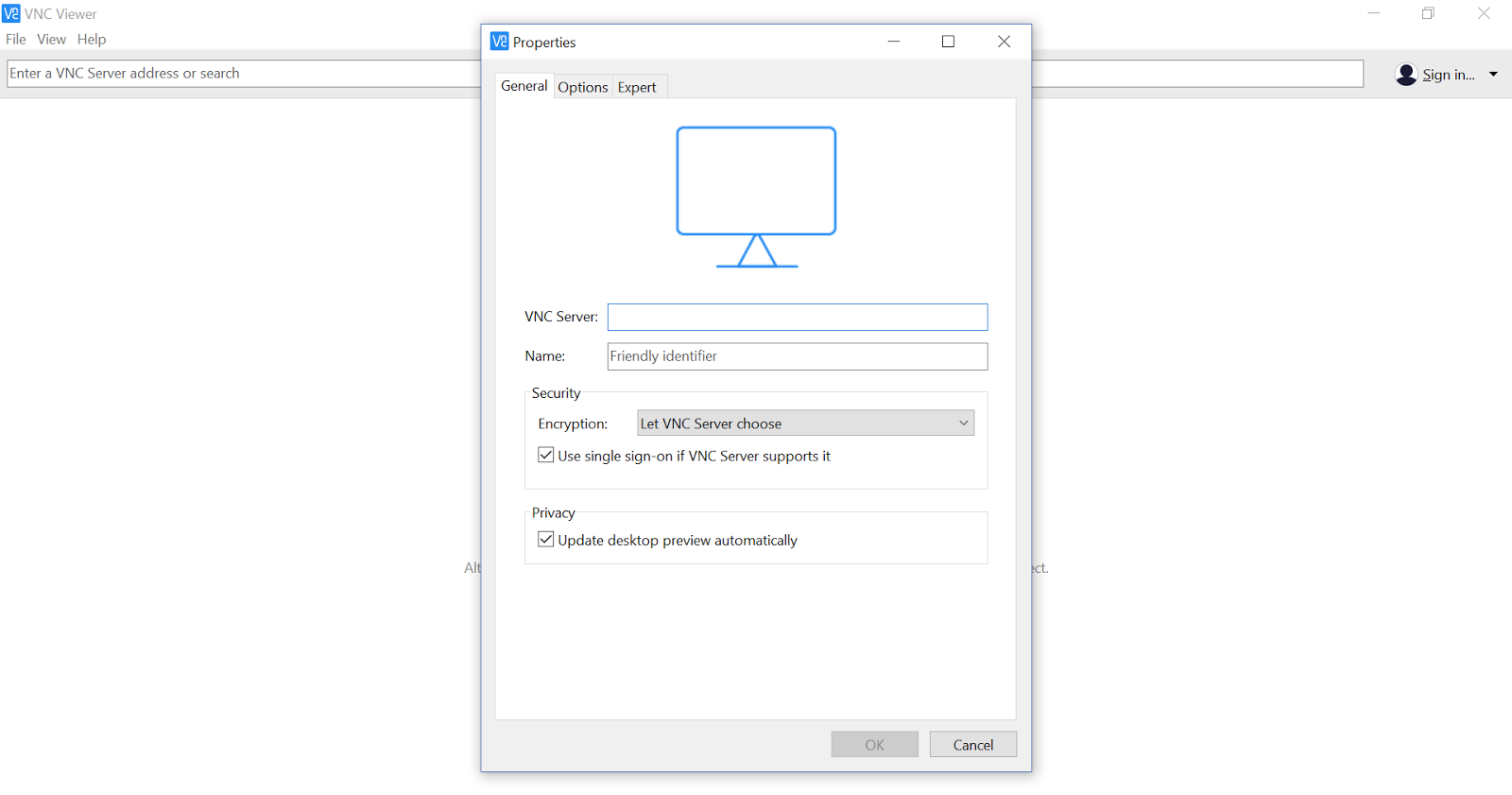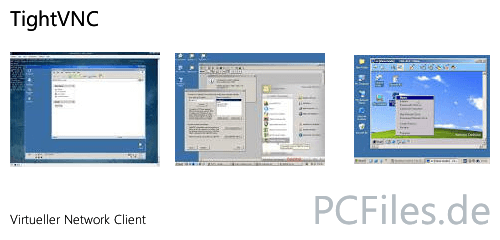

usr/bin/ld: cfb32/libcfb.a(cfbbitblt.o):(.bss+0x0): multiple definition of `cfbPuntCopyPlane' cfb/libcfb.a(cfbbitblt.o):(. usr/bin/ld: cfb32/libcfb.a(cfballpriv.o):(.bss+0x4): multiple definition of `cfbGCPrivateIndex' cfb/libcfb.a(cfballpriv.o):(.bss+0x0): first defined here usr/bin/ld: cfb32/libcfb.a(cfballpriv.o):(.bss+0x8): multiple definition of `cfbWindowPrivateIndex' cfb/libcfb.a(cfballpriv.o):(.bss+0x4): first defined here usr/bin/ld: cfb16/libcfb.a(cfbbitblt.o):(.bss+0x0): multiple definition of `cfbPuntCopyPlane' cfb/libcfb.a(cfbbitblt.o):(.bss+0x0): first defined here usr/bin/ld: cfb16/libcfb.a(cfballpriv.o):(.bss+0x4): multiple definition of `cfbGCPrivateIndex' cfb/libcfb.a(cfballpriv.o):(.bss+0x0): first defined here => ERROR: A failure occurred in build().įor me building fails with: /usr/bin/ld: cfb16/libcfb.a(cfballpriv.o):(.bss+0x8): multiple definition of `cfbWindowPrivateIndex' cfb/libcfb.a(cfballpriv.o):(.bss+0x4): first defined here Make: Leaving directory '/var/tmp/pamac-build-user/tightvnc/src/vnc_unixsrc/Xvnc/programs' Make: Leaving directory '/var/tmp/pamac-build-user/tightvnc/src/vnc_unixsrc/Xvnc/programs/Xserver' Make: Leaving directory '/var/tmp/pamac-build-user/tightvnc/src/vnc_unixsrc/Xvnc/programs/Xserver/dix' usr/include/features.h:194:3: warning: #warning "_BSD_SOURCE and _SVID_SOURCE are deprecated, use _DEFAULT_SOURCE" ġ94 | # warning "_BSD_SOURCE and _SVID_SOURCE are deprecated, use _DEFAULT_SOURCE"Īr clq libdix.a atom.o colormap.o cursor.o devices.o dispatch.o dixutils.o events.o extension.o gc.o globals.o glyphcurs.o grabs.o main.o property.o resource.o swaprep.o swapreq.o tables.o window.o initatoms.o dixfonts.o privates.o pixmap.o Check this by looking at the router itself or the documentation that came with it.Does not build on Arch: $ pamac build tightvnc In your browser window, connect to your router. If this isn't easy or convenient, there is another method that is almost as simple. If it's connected wirelessly, look for the IP address listed against wlan0. Installing Tightvnc viewer (VNC client) on a Linux computer. For example, an Ethernet connection will be listed alongside eth0. If your Linux system has multiple connections, these will be listed with prefixes.

For more details, you can also use: ip address

The IP address of the device will be displayed. The simplest way to check the IP address is to log in to you your Linux device and open the terminal. It's useful for all remote connection options, although in some cases, the hostname (the device's network name) will do. Want to know how remote desktop from Windows to Linux? Read on! You'll Need the Linux Device's IP Addressīefore you can remote into Linux from Windows, you'll need the device's IP address. Windows users have several tools that enable simple remote desktop from Windows to Linux.


 0 kommentar(er)
0 kommentar(er)
